Common problems of slitting machine and the selection and use of slitting tools
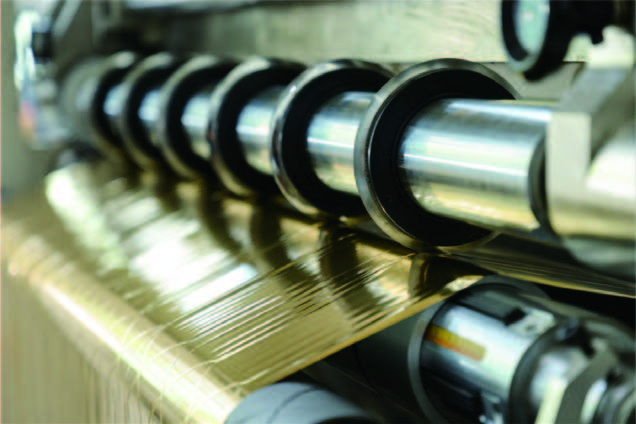
In the process of die-cutting production of our daily slitting machine, we often encounter the problem that materials need to be classified and slit. Under normal circumstances, if the scale of die-cutting processing is not large, we will select the material that will be directly cut by the supplier when the incoming material is slit. However, generally, large-scale manufacturers will be directly equipped with slitting and slitting equipment. So what problems will exist in the actual slitting process? What should we do to deal with these problems? Below, the editor will interpret and analyze some common problems encountered in the daily slitting process;
Slitting method for common die-cutting materials
(1) Bevel cutting: according to the needs of material feeding, the feed direction of the tool is adjusted, so that the feed direction is not completely perpendicular to the material coil diameter;
(2) Cutting: The cutter is fed vertically, and the wide coil is cut into multiple rolls of narrow size materials;
(3) Single-speed feeding: It refers to the material or cutter being fed at the speed of any station, and the other station can be kept driven into the tool;
(4) Double-speed feeding: refers to the slitting of materials or tools by feeding them at opposite speeds.
The manufacture and purchase of qualified slitting equipment must not only meet these technical indicators, but also consider the following two factors: operating efficiency, mainly including the working speed and stability of the equipment and the difficulty of machine operation; Economic performance refers to the scope of application of the equipment to the material, the processing limit size, as well as the price and energy consumption of the equipment.
About the selection and use of slitting tools
(1) White steel knife, also known as high-speed steel knife, this kind of knife has good toughness and high slitting efficiency, but the slitting sharpness is not good. Generally, when using this kind of tool, it is necessary to adjust the speed appropriately to compensate for the non-sharpness that may be caused by the slitting process. This blade is mainly used for slitting PET material, PE material and other materials with high hardness. The price is relatively cheap, relatively practical, and it is a common knife.
(2) Tungsten steel knife, this kind of knife has good brittleness and sharpness, and is generally used for slitting soft materials such as double-sided tape. The slitting precision of the tool is good, and there are fewer burrs, wire edges and other phenomena in the slitting process. However, the tool is prone to chipping for harder materials. And the cost of knives is relatively expensive, and general manufacturers only use them to cut tape, PE film, masking paper and other relatively soft materials.
Note: A large part of the problem of material wire edge mentioned in the article is caused by the material being unwinding in the process of winding, and the material dislocation caused by the speed during the slitting process, not all of which are caused by equipment and tools. The manufacturer should pay attention to inspection during use.
The process requirements of common slitting machines
(1) The self-adhesive slitting machine should stop the fixed length slitting of the whole roll or the whole raw material, such as plastic packaging materials, packaging cartons, steel plates, films, leather, wood chips, etc.
(2) The control of the fixed-length slitting machine is divided into static and dynamic slitting: stop when the set length arrives, then static slitting processing, and restart operation after slitting; When the set length is reached, the slitting signal is sent without stopping, and the slitting machine dynamically slits the process during the movement of the material.
(3) The most important performance indicators of the fixed-length slitting machine are the slitting accuracy, and the length of the waste product has good divergence.
(4) The length of the self-adhesive slitting machine can be set continuously, if there is an error in the actual slitting length, it is easy to stop the calibration by setting the parameters.
Problems encountered in the work of slitting machine and solutions
The width of the base paper will generally give the size marked on it 3-5mm, under special conditions will jump out of this range, if the base paper specification is 1185mm, we adjust the knife to 1190, in the base paper part may be greater than 1190, the edge of the paper tray will appear burr. In this case, you can stop the machine first and loosen the knife for a while, and then tighten the two-sided knife.
Why does the right side of the paper tray protrude after a period of time?
(1) When starting to run, the strip paper at the edge is not tightened, and the paper strip can be properly padded when the machine starts to cut the strip to avoid this situation.
(2) The inner diameter of the paper core added to the paper core is too large, so that the paper core can not be locked after the expansion of the air shaft, so that the paper core slides when it rotates and causes offset, the solution is to check the inner diameter of the paper core when the paper core is sleeved into the air shaft.
The names and functions of common components in the device
The pneumatic parts and components used in the slitting machine are: pneumatic cylinder, speed regulating valve, shuttle valve, pressure reducing valve, solenoid valve, manual valve, oil fogger, water mist separator, etc.
(1) Speed control valve, also known as throttle valve: an air pressure element that controls the speed of the cylinder by adjusting the gas flow. Generally, it is not easy to damage, and if it is damaged, it may be caused by valve body rupture or torsional damage.
(2) shuttle valve: shuttle valve has two one-way and one-way points, there are three air flow inlets, when sensing a relatively large pressure inlet, its actuation outlet pressure is shown as a larger pressure outlet, and the air flow inlet of the one-way valve is locked. This valve is usually used when the decoiler braking and tension generate different pressures acting on the output port, and the single-port check valve structure is generally selected.
(3) Pressure reducing valve: The pressure reducing valve is a device for local pressure reduction of system pressure or branch pressure in the system, and the pressure is reached by adjusting the knob to achieve the pressure we need, and its structure is composed of pressure gauge, valve body, spring, and pressure reducing diaphragm, usually when the pressure reducing valve fails or leaks, it is caused by diaphragm damage.
(4) Pneumatic cylinder: It is a power device, which is composed of pneumatic cylinder, electroplating shaft, front and rear covers, piston and air seal. Vulnerable to loss is air seal, there are O-type, Y-type, V-type, etc. When used, if it is found that its actuation capacity has decreased, it may be caused by damage to the gas seal (detection method: remove the air pipe at one end of the cylinder and supply air to the other end, if there is gas leakage from the nozzle, it is determined to be caused by poor sealing). It can be removed to check whether the air seal is damaged or other cylinder defects.
(5) Solenoid valve: It is a functional valve that generates electromagnetic force to push the valve core to complete the selection of gas passage channel by generating electromagnetic force when the solenoid coil is energized. Our commonly used valves are two-position three-way, two-position five-way, three-position five-way and so on. The position referred to here refers to the way in which the valve body has a control over the air flow channel, that is, the direction of action of the cylinder is different at a certain "position", and the "through" refers to the number of inlets and outlets of the gas in the circuit.
(6) Oil mist triplet: refers to the device that atomizes the lubricating oil stored in the oil cup and enters the actuator cylinder together with the gas to lubricate when the gas passes, and at the same time can separate the water in the gas and control the outlet air pressure through the pressure regulating valve. Its composition includes: pressure regulator, lubricator and water mist separator, which are collectively called air pressure triplets.
Recent Post
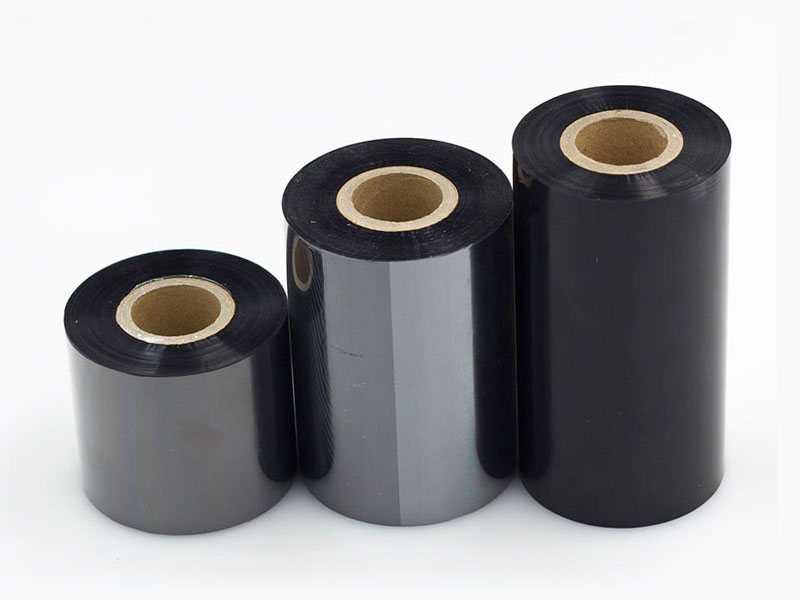 Why is it said that high-quality ribbon slitting machine is more cost-effective?
Why is it said that high-quality ribbon slitting machine is more cost-effective?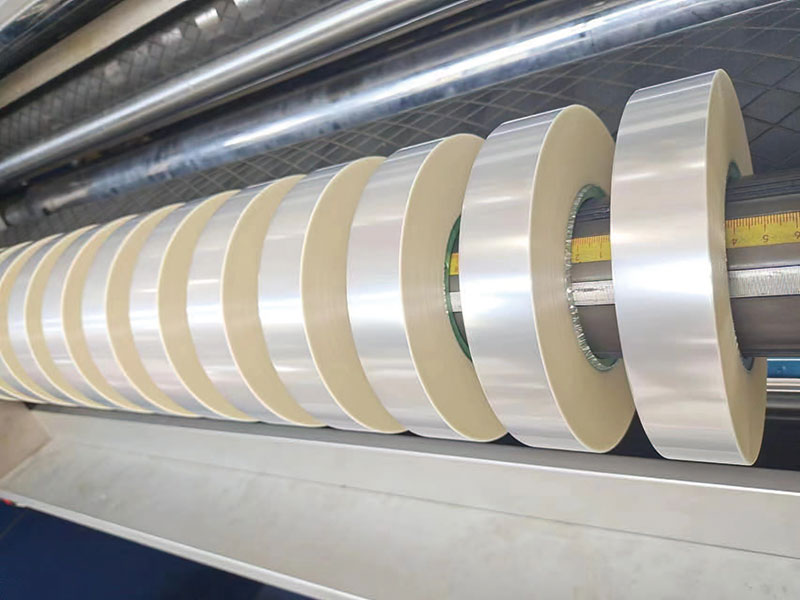 Energy Optimization for Film Slitters: Which Designs Reduce Electricity Costs?
Energy Optimization for Film Slitters: Which Designs Reduce Electricity Costs?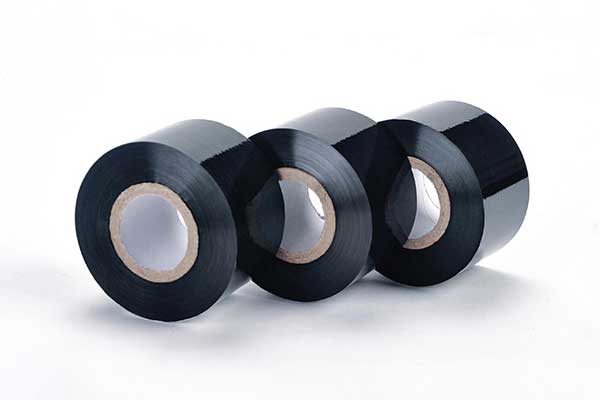 Low ribbon slitting efficiency? Fully automatic high-speed slitting machine, production capacity increased by 50%!
Low ribbon slitting efficiency? Fully automatic high-speed slitting machine, production capacity increased by 50%!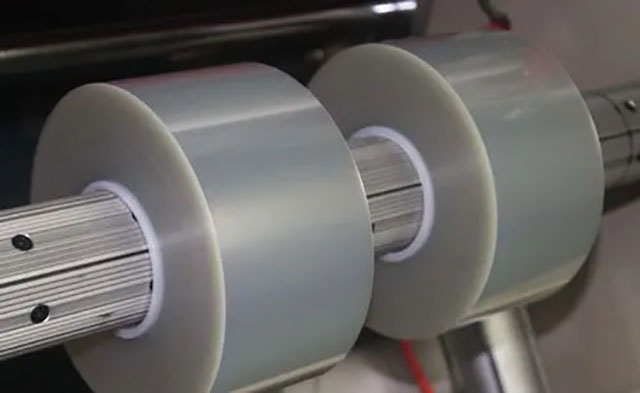 How does the automatic guiding system of film slitting machine work?
How does the automatic guiding system of film slitting machine work?
Related Product
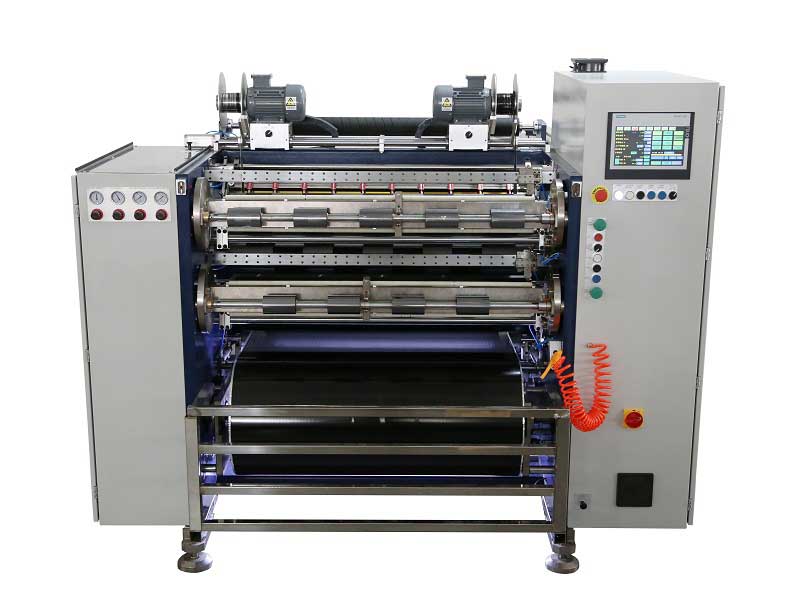 Automatic Thermal Transfer Ribbon Slitting Machine RSDS8 H PLUS
Automatic Thermal Transfer Ribbon Slitting Machine RSDS8 H PLUS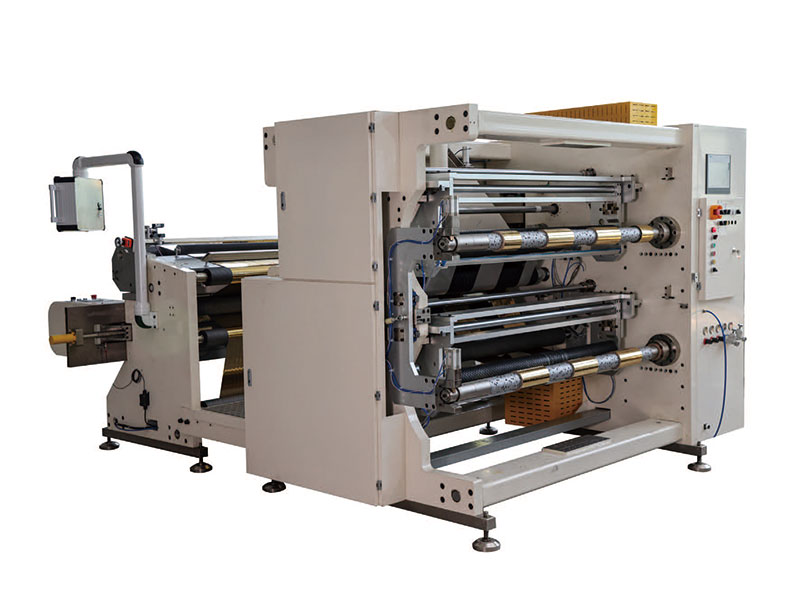 1400mm Hot Stamping Foil Slitting Machine
1400mm Hot Stamping Foil Slitting Machine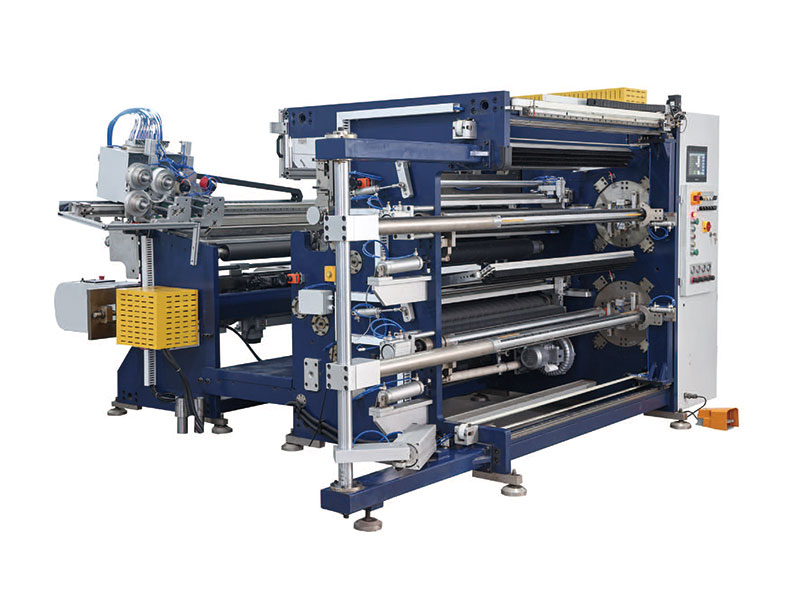 1350mm Hot Stamping Foil Slitting Machine
1350mm Hot Stamping Foil Slitting Machine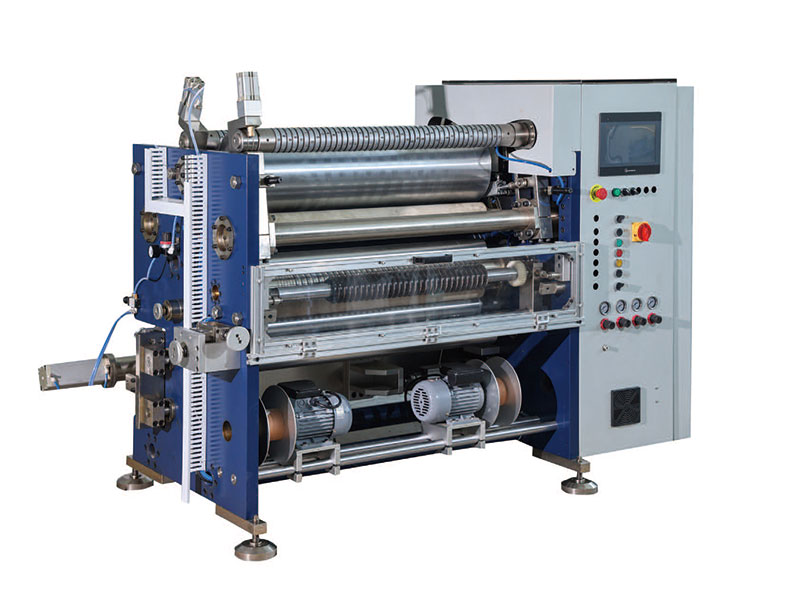 800mm Hot Stamping Foil Slitting Machine
800mm Hot Stamping Foil Slitting Machine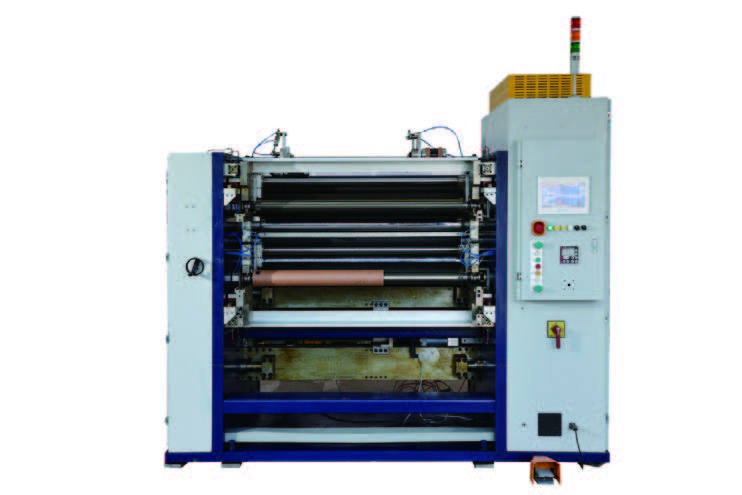 New Energy Ultra-thin Film Slitting Machine For Capacitive Film
New Energy Ultra-thin Film Slitting Machine For Capacitive Film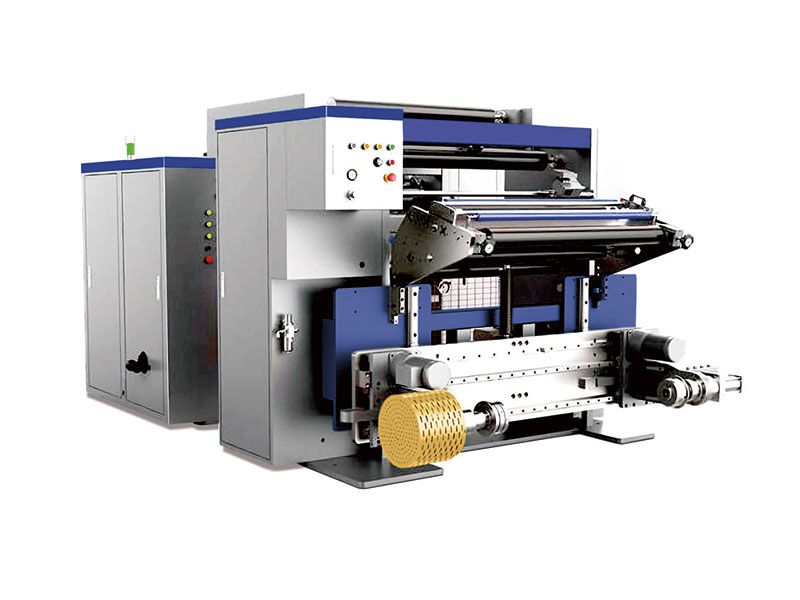 High Speed Slitting Machine
High Speed Slitting Machine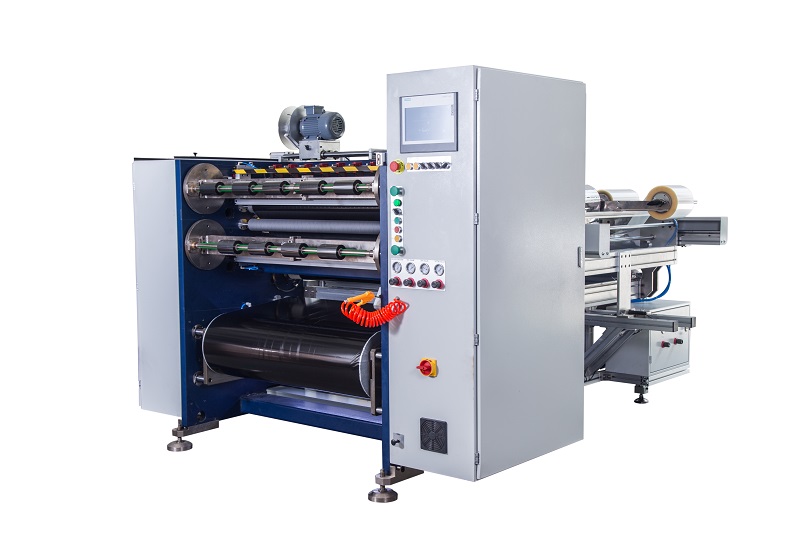 Semi Automatic Thermal Transfer Ribbon Slitting Machine RSDS5 PLUS
Semi Automatic Thermal Transfer Ribbon Slitting Machine RSDS5 PLUS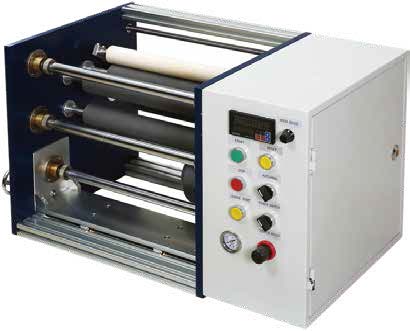 350mm Mini Slittting Machine
350mm Mini Slittting Machine


